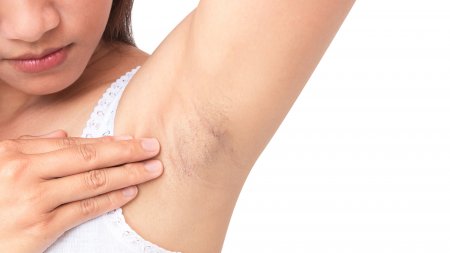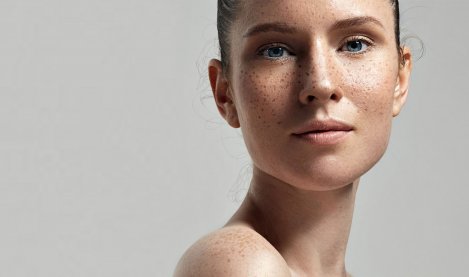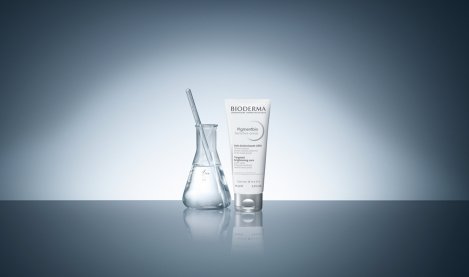Understand my skin
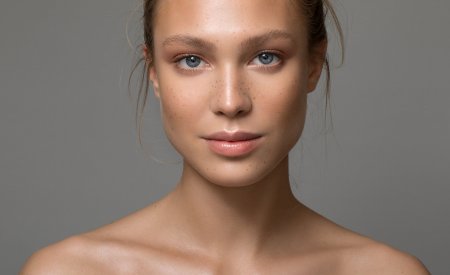
A smooth and unified complexion is the ideal in youthful and healthy skin, and the ultimate reward. And yet the marks and spots that your skin accumulates are undeniable proof of time passing – and the wisdom you’re acquiring!
Dermatologists refer to these darker spots that appear on your skin as localised hyperpigmentation. It seeps into place due to a wide range of factors, both internal and external: pollution, too much sun exposure, age, pregnancy, scarring as a result of acne, hormonal imbalances, or a genetic predisposition.
At the root cause and shared across all factors are disorders in melanin production, since it is melanin that is responsible for the darkened patches that appear on your skin.
Melanin plays a major role in determining your skin colour, from white through pink and olive to dark brown. The sun’s UV rays are one of the most powerful factors responsible for the production of melanin. As you bask in their warmth, they tickle your skin deep down inside, summoning melanin to the surface during a four-step process called melanogenesis.
First UV, and UVB rays in particular, penetrate the epidermis and stimulate tyrosinase and its mediators. Tyrosinase is the principal enzyme responsible for the production of melanin, which occurs in a cell called a melanocyte. The melanin is then transferred to keratinocytes and travels to the skin’s surface. The melanin-filled cells colour the skin’s outer layer. They gradually disappear during normal skin cell renewal.
Melanin therefore gives you your tan in the summer. We all enjoy a healthy, even glow for a few months.
Sometimes, however, some melanocytes never shut off and continuously secrete large quantities of melanin. The abnormally high quantities of melanin are distributed unevenly across the skin’s surface, accumulating into darker, scattered patches of hyperpigmentation.

Hyperpigmentation spares no one. It comes in different shapes and sizes, which tend to prefer different skin types, and affects both men and women of all ages and backgrounds.
1. Melasma
Melasma is also called chloasma but is more commonly known as the ‘pregnancy mask’, since it is usually seen on women of childbearing age, most often after pregnancy. The symmetrical marks with an irregular yet definite outline resemble a mask that is placed on sun-exposed parts of the face and neck. Discolouration is always more visible during or immediately after sun exposure, and its persistence – often lasting years – is a genuine problem.
Factors that increase the probability of developing melasma include genetic background, exposure to ultraviolet radiation and visible light, female sex hormones during pregnancy or therapy, certain endocrinal diseases (thyroid or ovarian disorders, etc.) and some medications (for example, anti-epileptics) can provoke melasma as well.

2. Post-inflammatory hyperpigmentation
Most often shortened to ‘PIH’, here the hyperpigmentation has vague and irregular contours that appear following skin lesions and irritations.
A variety of causes can provoke PIH, from the ordinary injury, burn or insect bite, to dermatological procedures such as laser treatment or dermabrasion. It might also occur after a skin infection or inflammatory skin rash such as acne, contact eczema or atopic dermatitis. PIH can also be brought on by intolerance reactions to overly aggressive cosmetic products or as a result of a chemical peel.
Men and women of all ages and all skin types suffer from PIH, but it is more frequent and severe if you have darker skin.
-PIH is the second reason for consulting a dermatologist among Afro-Americans
-65% of Afro-Americans, 53% of Hispanics and 47% of Asians consult a dermatologist due to PIH resulting from acne
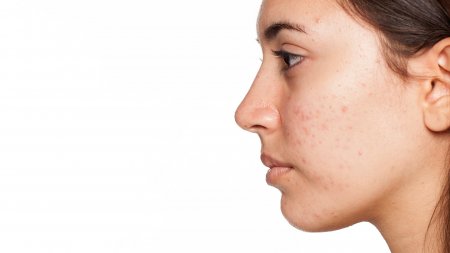
3. Sunspots
Lentigines are known as a ‘lentigo’ in singular form, but we are all more familiar with ‘sun spots’ (solar lentigines) and the favourite ‘age spots’(senile lentigines). These hyperpigmented spots appear on sun-exposed parts of the body such as hands, shoulders, chest, face and arms. They increase in size and number with age.
Environmental in origin (unlike freckles, which are genetic), they are often associated with sunburns and seasonal sun exposure during youth.
- 90% of Caucasian and Asian people are affected
- Common after 50 years of age
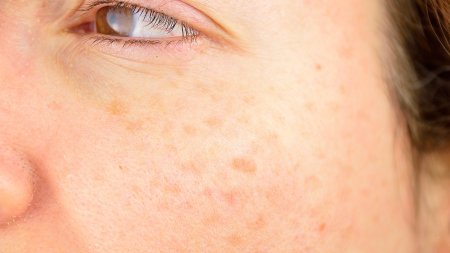
4. Friction and delicate areas
Hyperpigmentation can also occur in areas where friction, waxing and clothing can cause discolouration over time, such as elbows, knees, armpits, and the bikini area. The mechanical rubbing of skin against fabric is what triggers the hyperpigmentation, which is aggravated by the continued and routine friction of daily life.
